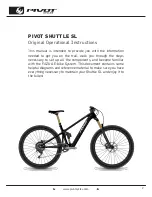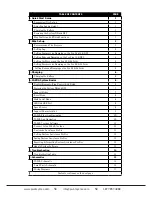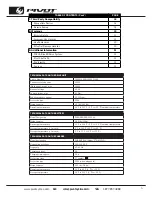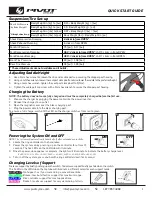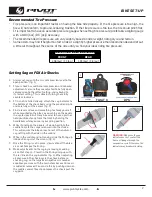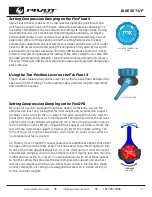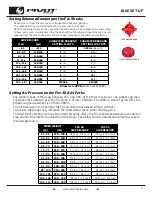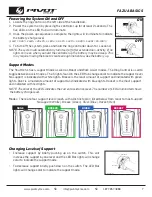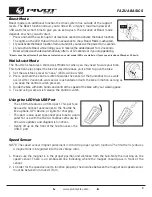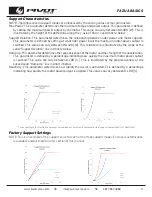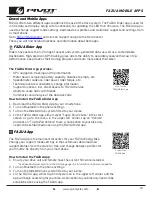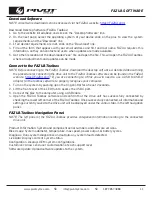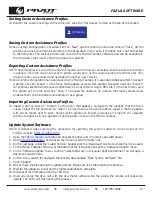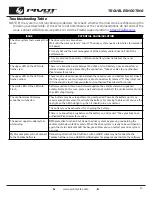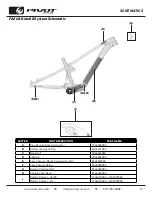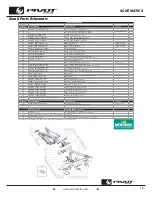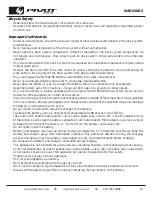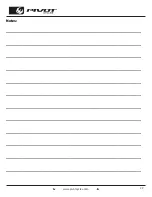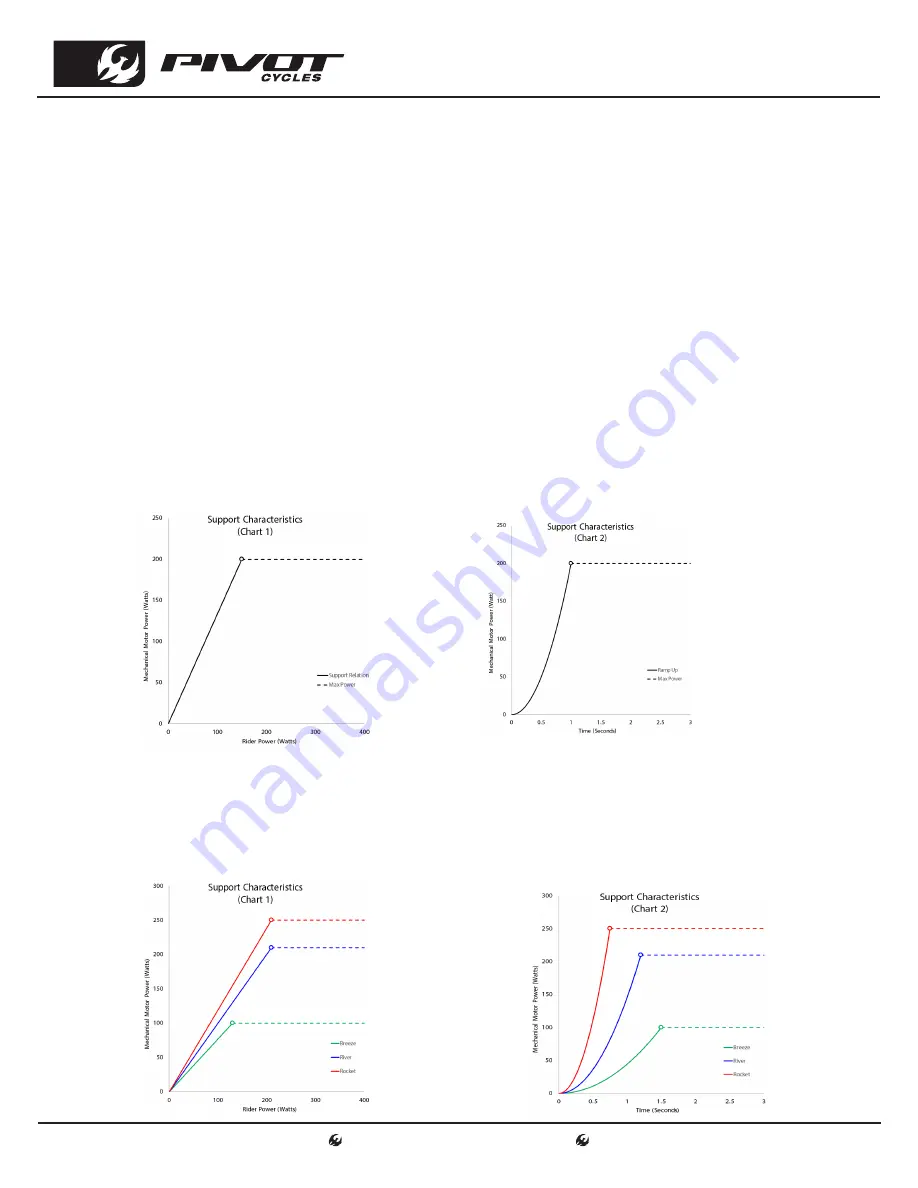
www.pivotcycles.com
1.877.857.4868
9
Factory Support Settings
NOTE: This is an example of the support curve for each of the three support modes. End-user customization
is available and outlined in a later section of this manual.
FAZUA BASICS
Support Characteristics
NOTE: The differences in support modes are measured by the varying values of four parameters.
Max Power: This parameter determines the maximum torque and power output. This parameter is defined
by setting the maximum power output by the motor. This value can vary between 60-300 [W]. This is
illustrated by the height of the dotted line along the y-axis of
Chart 1
and
Chart 2
below.
Support Relation: This parameter determines the relationship between rider power and motor support.
This parameter is defined by setting at what rider power input the maximum motor power output is
reached. This value can vary between 90-420 [W]. This relationship is illustrated by the slope of the
solid "Support Relation" line in
Chart 1
below.
Ramp Up: This parameter determines the responsiveness of the motor and the strength of the acceleration.
This parameter is defined by a percentage indicating how quickly the maximum motor power output
is reached. This value can vary between 0-100 [%]. This is illustrated by the progressiveness of the
curved solid "Ramp Up" line in
Chart 2
below.
Reactivity: This parameter determines how rapidly the assist is activated. It is defined by a percentage
indicating how quickly the motor power output is applied. This value can vary between 0-100 [%].
* These charts are for illustrative purposes only and do not necessarily represent actual support characteristics of Shuttle SL.


